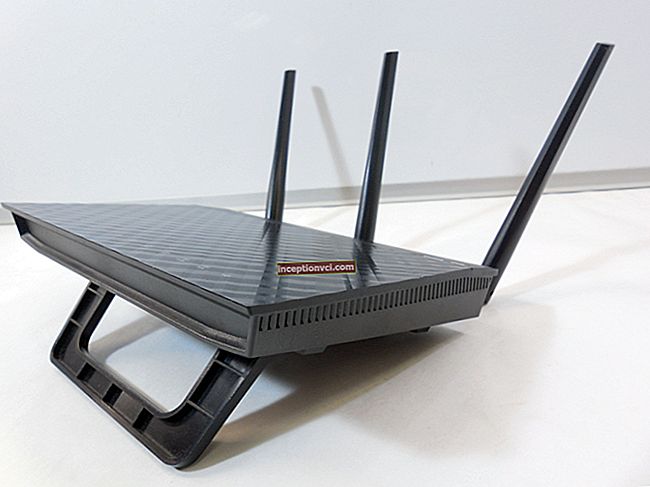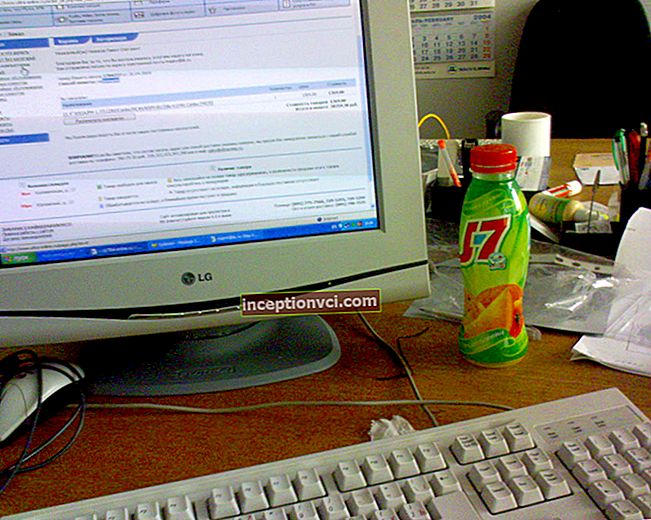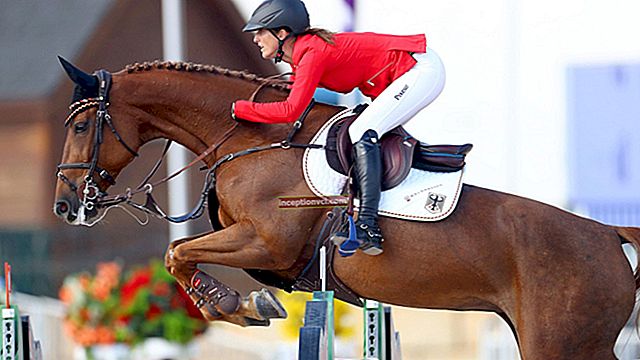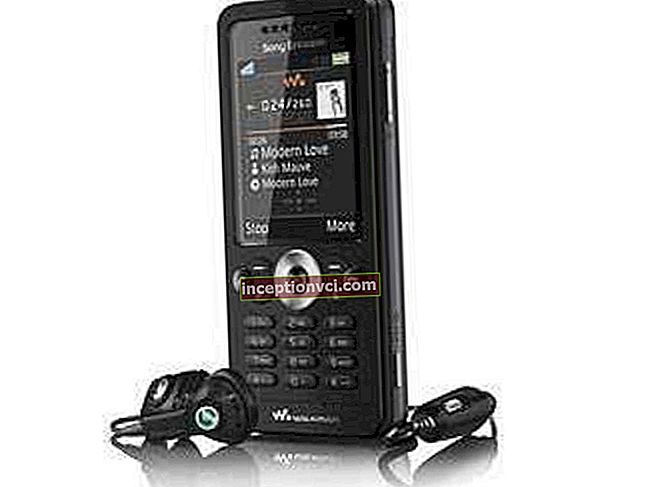Expressive prints and 3D impressions are the easiest way to capture your favorite heels and palms. The kit includes everything you need: model gel, gypsum, detailed instructions and more.
Thanks to the self-hardening gel that fixes the smallest wrinkles, the 3D impression is as reliable as possible.

Read the instructions before taking the impression. The ratio of proportions when mixing in sets from different manufacturers is different, but the sequence of actions is the same.
How to make an impression of a handle and leg
First stage
- First, make a shape for the future impression. In proportions 1: 1 we measure the modeling mass and water in glasses, → pour into the mold, → mix thoroughly until a homogeneous mixture. Make sure there are no lumps in it.
- As soon as the gel begins to brighten, immerse the baby's leg or arm in it for 2-3 minutes.
- Do not touch the bottom of the mold and wiggle it so that the paste penetrates the folds of the skin.
- When the gel becomes elastic (like rubber), slowly pull your palm or leg out of this mass. Although it is viscous, it breaks easily.
Second phase
- Stir the gypsum with water until a homogeneous mix is obtained in the ratio of 1 cup of gypsum to 1.5 cups of water.
- Pour it in small portions into the prepared form and shake it slightly so that the remaining air fills in the cracked and floats.
How to make a cast of a hand
Dilute the plaster according to the instructions. The impression will come out stronger if you add two tablespoons of PVA glue to the water. In order not to breathe dust, pour gypsum into the water, and not vice versa. Add it in small portions, stirring constantly to avoid lumps. Work quickly, the plaster hardens.
- Leave the impression for 2-3 hours until it is completely dry. You will know that you are ready, because the gel will take on a different shade, the plaster will become snow-white.
- Turn the mold over and remove the contents.
Easy, right? Sand the roughness with sandpaper. It turns out realistically - one to one with a child's leg or handle. And it looks amazing!
Watch the video on how to make a 3d hand impression using the Baby Art set
Do-it-yourself print of the baby's handle and legs
It can be made in three ways - from a self-solidifying mass, from plasticine and salt dough.
- The first option is the simplest: rolled out → shaped the base → put a foot or palm → left to dry. Such a memorable souvenir does not deteriorate and is stored without special conditions.

- With plasticine, it's a little more troublesome: heat it up on a battery or in the microwave, and form a thick cake. It is more convenient to work with wax plasticine, it is softer. Make a deep print and send to the freezer. As soon as it hardens, fill the trail with plaster. The print will be more reliable and will last longer.
- You will have to tinker with the dough. Such a print is not stored for long, over time it will soften from moisture or crack.

How to make salty dough
You will need:
- the finest salt "Extra" - 300 gr,
- wheat flour - 300 gr,
- warm water - 200 gr.
If you have rye flour on hand, mix it with wheat flour in a 1: 1 ratio. It contains more gluten, the product does not deform when dried.
We advise you to dissolve the salt in warm water, not mix it with flour. Otherwise, the devil knows what:
- grains of salt are felt in the dough, which pinch hands,
- the mass is inelastic. The print is rough, without lines or wrinkles.
Add flour to water in small portions. Everything is like with pies: the dough “takes” it in different ways. Stir until the mass stops sticking to your hands.
How to make an impression
- Roll out the layer up to 2 cm thick.We will dry the product in the oven, so work on foil or parchment. This will make it easier to drag and drop onto the deco.
- Place the baby's arm or leg and press down lightly. A neat print is not always obtained the first time. But the good thing about the dough is that it can be kneaded and made again. When you have achieved the desired result, shape the cake.
How to dry
- Let the cast lie down for a day or two so that the dough dries up and "winds up".

- Then dry in the oven for 40-50 minutes at 50-80 ° C. In the gas chamber, even at minimum heat, the heat reaches 120 ° C, so dry with the door ajar. The dough will crack from the high temperature.
- Allow it to cool completely before removing it from the baking sheet. A hot product is very fragile.
- When the cast has cooled down, tap it lightly. A ringing sound means that it is dry and you can start decorating. Deaf - raw inside, you need to dry it.
How to decorate
Paint with acrylic paints and fix the result with 2-3 coats of acrylic varnish.
Imagine and you will succeed!
Tip: "How to make teething easier"
See how to make an impression of a child's handle with the parent









